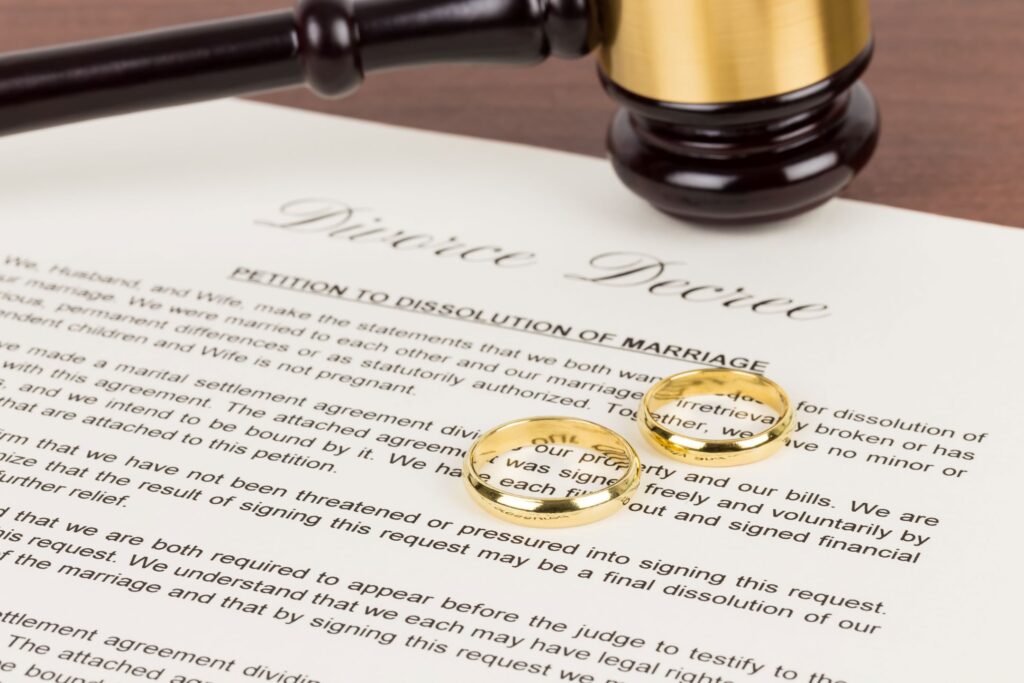Now Reading: How Florida’s No-Fault Rule Can Affect Your Injury Claim
-
01
How Florida’s No-Fault Rule Can Affect Your Injury Claim

How Florida’s No-Fault Rule Can Affect Your Injury Claim
Whether you’re a lifelong resident or a new transplant, trying to understand the complexities of Florida’s no-fault rule can have you searching legal sites.
As soon as you think you finally understand personal injury protection (PIP), something else pops up, and you’re back to feeling confused. If you’re trying to figure out how the state’s no-fault rule affects your personal injury case, you’re not alone.
To help boost your general understanding, here’s what every Florida driver should know about no-fault insurance laws and how they can impact an injury claim.
What Is the No-Fault Rule
The name alone implies that no one is ever at fault for a vehicle accident in Florida, and this is often where the confusion begins. However, this isn’t exactly what the no-fault rule means even though it’s implied.
In a no-fault state like Florida, everyone involved in an accident turns to their PIP insurance for coverage. PIP insurance is a requirement for all owners of vehicles registered in Florida except for motorcycles. The state’s no-fault law has two parts that can affect your injury claim:
- Your insurance, regardless of who’s to blame for the accident, covers most of your medical expenses. This applies to everyone involved in the accident. Everyone turns to their PIP coverage instead of the at-fault driver.
- The other part of the no-fault rule places restrictions on how much you can sue for damages from the at-fault driver. In other words, the state’s law caps your compensation amount or restricts which injuries qualify for monetary damages.
If you’re already feeling a little confused, don’t worry; you’re not alone. Sometimes, even legal scholars have questions regarding the no-fault rule. If you’re wondering if Florida is the only state following no-fault insurance guidelines, the answer is no. Currently, 12 other states also have no-fault insurance rules in place.
Why Does Florida Follow the No-Fault Rule
There isn’t a great answer for why Florida and other states follow no-fault insurance guidelines. Florida enacted the rule in the 1970s, hoping it would make it easier for accident victims to recover damages. Unfortunately, the rule is having unintended consequences.
Insurance premiums are typically higher in no-fault states. Since all accident victims with injuries turn to their insurance for compensation, companies are paying out more. Instead of relying on the at-fault driver’s insurance, everyone turns to their carrier. So, even if you have a perfect driving record, this isn’t going to be reflected in lower premiums.
Coverage for an accident is also being paid out twice. The at-fault driver is receiving compensation for their injuries, along with drivers who aren’t shouldering any blame for the accident. Another downside to the rule is the lack of consequences for bad driving behavior. The at-fault driver may receive a traffic ticket for the accident, but they’re not paying out of pocket for their injuries.
In states that aren’t following the no-fault rule, insurance premiums are typically lower, and drivers tend to be a little more cautious behind the wheel. The improvement in driving behavior is partially attributed to at-fault drivers paying for damages sustained by others in the accident. So, even though the state’s intentions were good, enacting the no-fault rule is financially harming drivers and accident victims.
Understanding PIP Insurance Requirements
The minimum requirement for PIP insurance in Florida is $10,000 per person injured in an accident. This means PIP insurance covers any passengers in your vehicle injured in the accident. The insurance also has a $5,000 death benefit. As mentioned earlier, these benefits pay regardless of who’s at fault for the accident.
PIP benefits cover all relatives living at the same address as the policyholder. However, the policyholder must also be the legal and registered vehicle owner. PIP insurance only covers injuries sustained in vehicle collisions. The insurance doesn’t provide coverage for other types of accidents like a slip and fall.
Did you know PIP insurance may cover any injuries sustained inside the vehicle even if it’s not involved in an accident? A couple of examples include coverage for injuries sustained when an individual tossed a rock at a car.
PIP may also cover injuries from an exploding soda or beer bottle. However, just because PIP may cover any injuries sustained by an exploding beer bottle, this doesn’t mean it’s okay to drink alcohol and drive. Don’t forget, drinking and driving is always illegal.
With PIP insurance, you can claim up to 80% of a $10,000 medical bill. The same limit also applies to a disability but coverage drops to only 60%. A disability doesn’t necessarily refer to an injury. Instead, PIP considers a disability to be a loss of income or the necessity of long-term care. You can usually receive compensation up to 80% of the $10,000 cap.
If you’re seeking compensation for property damage, you need to turn to your auto insurance policy. Non-economic losses like pain and suffering also aren’t covered by PIP. You need to file a claim against the at-fault driver’s insurance carrier to receive compensation for these damages.
How PIP Makes Injury Claims More Complicated
In states that don’t follow no-fault rules, filing an injury claim after an accident is a relatively simple process.
You gather your paperwork, which typically includes the accident report, medical bills, and property repair costs, and contact the at-fault driver’s insurance company. From there, you go through negotiations until you reach an acceptable settlement amount. If you can’t reach an agreement with the insurance company, your injury claim heads to civil court.
Even though the claim process can be time-consuming and dealing with an insurance company is rarely fun, at least filing a claim is relatively easy. Total up your damages and then submit the number to the insurance adjuster. And with PIP, you’re adding a few more steps.
Before you can file a claim with the at-fault driver’s insurance, you need to figure out what PIP covers. From there, you deduct this from your claim. However, figuring out which 80% of your medical expenses are covered by PIP can be complicated.
The best way to simplify the process is to work with an experienced no-fault accident attorney. From figuring out what PIP covers to negotiations with the insurance company, your attorney can help you through every step of it.










